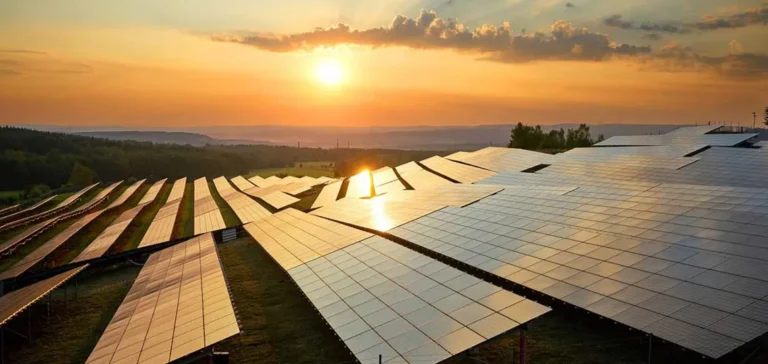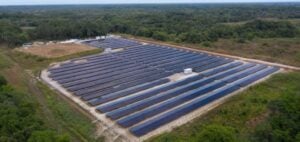The levelised cost of electricity (LCOE) generated from renewable sources continues to decline worldwide, according to forecasts for 2025. Solar photovoltaic technology remains the most cost-competitive generation source, with a low of $37/MWh recorded in the Middle East and Africa through single-axis tracker systems. These results reflect exceptional solar irradiance and high operational performance of utility-scale projects in countries such as Saudi Arabia and the United Arab Emirates.
Cost disparities by region
In Asia-Pacific, China reports the lowest solar costs at $27/MWh, while Japan reaches up to $118/MWh. Onshore wind also stands out as a competitive technology, with rates between $25 and $70/MWh in China, India and Vietnam. Hybrid solar-plus-battery systems are gaining momentum, notably in Australia and India, supported by declining battery costs, while China maintains a structural edge in energy storage pricing.
Contrasting trends in Europe and North America
In Europe, renewable LCOEs declined by 7% in 2025 compared to the 2020–2024 average, driven by an 8% drop in capital expenditures. Single-axis tracker utility-scale PV remains the lowest-cost technology. Onshore wind sees a post-inflation rebound, while offshore wind faces higher costs due to supply chain constraints. In North America, new tariffs on solar modules raise short-term costs, but advancements in module, inverter and tracker technologies are expected to drive long-term price reductions.
Latin America and Africa invest in solar and storage
In Latin America, average renewable LCOEs fell 23% between 2020 and 2024, with commercial solar projects reporting the lowest costs. Brazil, Chile and Mexico posted the region’s most competitive rates, while onshore wind is expected to fall 42% by 2060. Energy storage continues to expand, with a 24% decline forecast over the same period.
In the Middle East and Africa, photovoltaic remains the most competitive option, consistently outperforming onshore wind. Single-axis solar costs are projected to converge at around $17/MWh by 2060. Onshore wind costs are expected to stabilise around $30/MWh. Battery storage costs across the Gulf markets are also declining, with average turnkey prices in Saudi Arabia and the UAE forecast to fall by 7% to 9% by 2034.
Outlook on future technologies
Globally, onshore wind maintains strong cost competitiveness, with average LCOEs ranging between $50 and $60/MWh in major markets. In contrast, offshore wind remains challenged by wide cost variations between regions. China shows positive merchant revenue potential, while other markets face higher costs into the early 2030s. However, fixed-bottom offshore LCOEs in Latin America are expected to drop 67% from 2025 levels by 2060.
Low-carbon dispatchable technologies such as Small Modular Reactors (SMRs) and enhanced geothermal remain costly despite subsidies, but are included in long-term forecasts to meet rising demand and carbon neutrality targets.






















